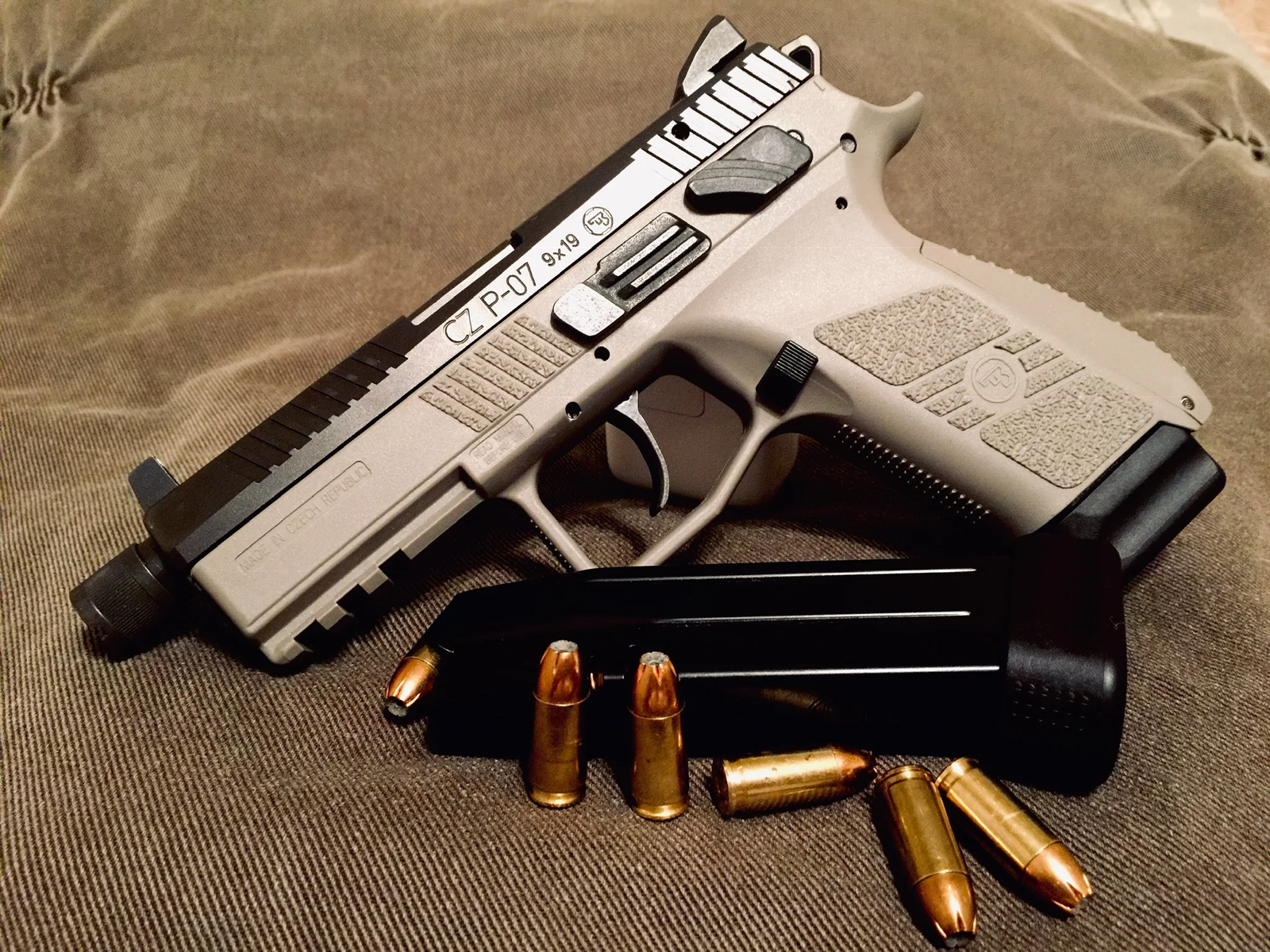
Spend enough time with folks who shoot—whether it’s at the range, in uniform, or just chatting in forums—and you’ll eventually run into the age-old question: 9mm or .45 ACP? It’s the firearm world’s equivalent of Ford vs. Chevy or Coke vs. Pepsi. And even after more than a century, people are still digging in their heels. This argument has lingered not only due to quantities or trajectories, but due to identity, allegiance, and what we believe truly does count in a handgun.

It is traced back to the first part of the 1900s, when John Browning created the .45 ACP to propel his soon-to-be-famous 1911 pistol. The U.S. military adored it—for good reason. It carried some heck of a knockdown power and functioned in some of the worst situations possible. On the opposite side of the fence, there’s the 9mm, which was designed by Georg Luger in 1902.

It became the go-to cartridge of choice for most armed forces around the world due to its reduced recoil and increased magazine capacity. The .40 S&W was later introduced as a compromise between the slower-shooting, heavier-hitting .45 and the quicker-shooting 9mm.

The actual tension comes down to what is most important: big, slow, and heavy versus small, quick, and numerous. The .45 ACP shoots a big, heavy bullet that many think finishes a fight sooner. Some contend that it drives a larger hole, and in theory, that could translate into more damage. Conversely, 9mm rounds are a bit smaller, but you can carry more of them and keep your target better when firing rapidly. Under stress, that lighter recoil and greater capacity will be a plus.

But it’s not merely about charts and statistics. It’s the way these rounds feel to shoot. The .45 has a heavier, longer kick. Some folks like that—it feels like authority in your hands. But it’s also more work to manage, especially if you’re new or dealing with smaller hands. The 9mm tends to be easier to shoot quickly and accurately. And as for the .40 S&W, although in theory it offers you the best of both worlds, it’s also known to be a mite snappy, which wears out guns and wrists alike after a while.

Ammunition technology has made giant strides over the decades. 9mm self-defense ammo today is light-years ahead of what was even available a few decades back. New hollow points mushroom more consistently and provide good penetration, so they are a serious player in the stopping power debate.

That’s one of the reasons why so many police departments have come full circle back to the 9mm after trying .40 or .45. When it came to quick and accurate hits on the target while under stress, 9mm began to emerge as the winner.

Sure, law enforcement officers have their specific requirements. Agencies need to train a variety of shooters, and not everybody does heavy recoil the same way. But for most civilians, it is more of an individual decision. It’s not about agencies or contracts—it’s about what feels best in your hand, what you shoot the best with, and what you would trust if you ever needed to depend on it.

Ask ten experienced shooters what caliber they prefer, and you’ll get ten passionate answers. Some will never part with their .45—it just feels right, and they trust it to get the job done. Others swear by the 9mm’s balance of ease and effectiveness. The .40 crowd may be smaller these days, but they’re still out there, appreciating its punchy middle ground. And though all opinions differ, one piece of advice comes up time and time again: shot placement is more important than caliber. A 9mm hit trumps a miss with a .45 every time.

So why didn’t this argument die out? Because it’s not technical. It’s emotional. It’s about the sidearms we heard stories about, the first gun we learned to shoot, or the one that just fits like it was custom-made for us. It’s about trust, comfort, and a little nostalgia. And as long as there are varying calibers available, shooters will continue to exchange opinions on which is best.

The truth? There’s no one right answer. It’s whatever works for you—your hands, your ability, your confidence. And perhaps that’s why this argument continues. It’s not a battle—it’s a discussion. One that is probably going to continue for another hundred years.
